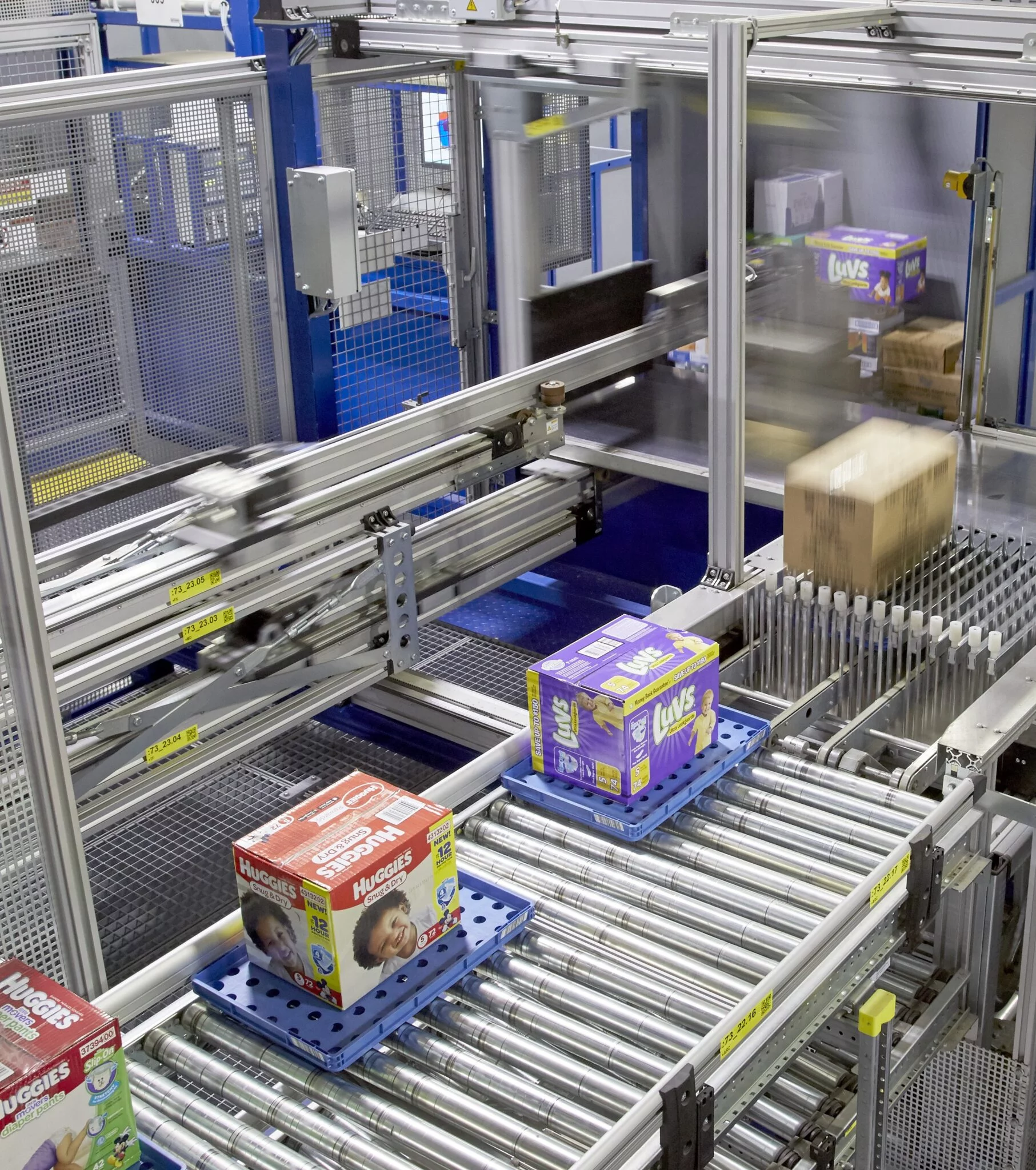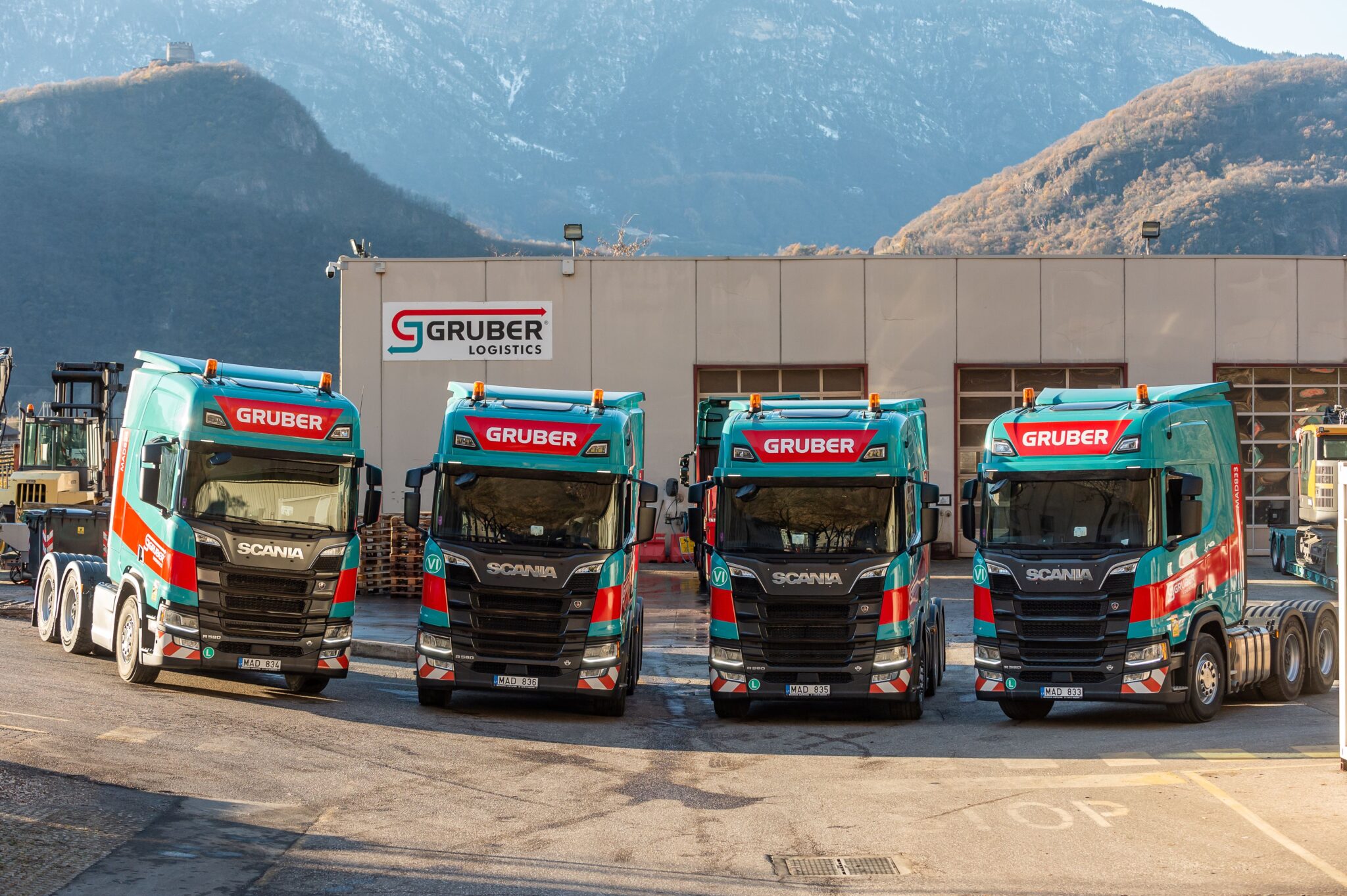Pacific International Lines (PIL) has joined the non-profit organisation, Digital Container Shipping Association (DCSA), to drive standardisation and digital innovation in the container shipping industry.
DCSA’s founding members consist ofs 9 of the 10 largest container shipping companies worldwide and represent approximately 70% of global container trade. The association was founded to accelerate digitalisation by streamlining and harmonising data standards, thereby creating an interoperable framework with reduced friction, cost and a better customer experience.
PIL and DCSA will collaborate on the development, alignment, and validation of digitalisation standards to increase adoption across the industry.
DCSA standards aim to address needs such as paperless trade, cargo visibility, port call optimisation and equipment management. Having common and interoperable data standards and legislative conditions across international jurisdictions and platforms will significantly enhance delivery schedules. They will also improve the ease of communications and transactions across regulators, banks, insurers, carriers, customers, and stakeholders involved in an international trade transaction.
PIL has been embarking on a wide range of digitalisation initiatives, including the implementation of an electronic bill of lading (eBL) to decrease delivery times, increase efficiency of operations and provide customers with a seamless experience. An eBL makes document creation, approval, distribution and tracking easier, while reducing potential fraud and eliminating the risk of paper documents being lost in transit.
Lars Kastrup, CEO of PIL said, “PIL has been actively undertaking digitalisation initiatives and we are pleased to join DCSA to accelerate our journey while growing the industry’s digitalisation capabilities. Digitalisation not only increases efficiency and reduces costs, it also cuts down on our carbon footprint and simplifies transactions for all stakeholders. Complementing our participation in DCSA, PIL has also been working to incorporate standardisation and governance in our data and processes to enhance the way we work and optimise efficiency. For digitalisation to succeed, we need to work together for industry-wide adoption. These comprehensive digital capabilities will help equip international shipping to be more sustainable and future-ready.”
Container Shipping Digitalisation
Thomas Bagge, CEO Of DCSA said ‘We are thrilled to welcome PIL to DCSA. As we continue our collaboration with industry partners to advance digitalisation of the container shipping industry, PIL’s participation represents another significant milestone. Over the past five years, DCSA and its members have created a digital foundation that allow for industry to improve the customer experience, reduce cost and help the industry shift towards a more sustainable future. We are looking forward to continuing our work with PIL and our other partners to help realise our vision of a fully digitised supply chain”.
DCSA endeavours to foster sustainability practices, promote interoperability and efficiency across the industry, enhance customer experiences, and unlock valuable insights from data. DCSA’s goal is to achieve this by producing standards that are beneficial to all parties involved in international trade and to achieve the widest possible adoption of those standards.
Switching away from the transfer of physical paper bills of lading could save $6.5 billion in direct costs for stakeholders, enable $30-40 billion in annual global trade growth and ensure the long-term sustainability of international trade.
read more







